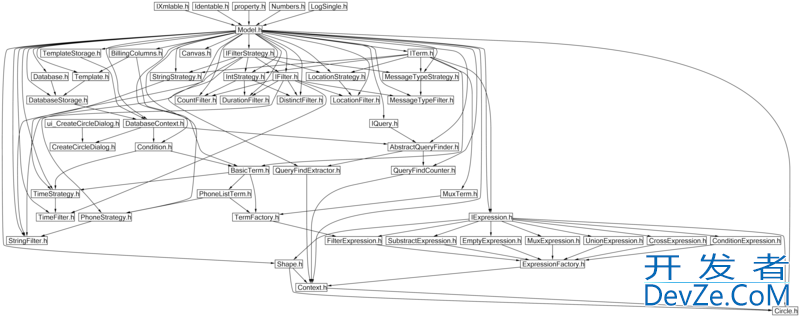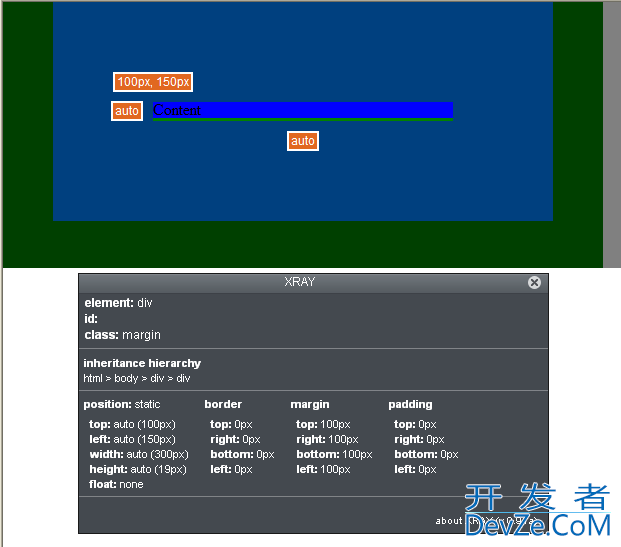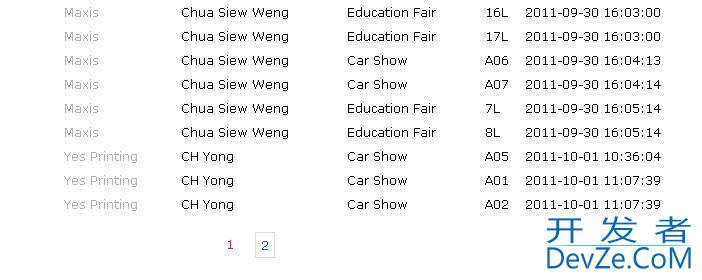Say you have columns AppleType, CreationDate and want to order each group of AppleType by CreationDate. Furthermore, you want to create a new column which explicitly ranks the order of the CreationDate per AppleType.
So, the resulting DataSet would have three columns, AppleType, CreationDate, OrderIntroduced.
Is there a开发者_运维知识库 LINQ way of doing this? Would I have to actually go through the data programmatically (but not via LINQ), create an array, convert that to a column and add to the DataSet? I have there is a LINQ way of doing this. Please use LINQ non-method syntax if possible.
So are the values actually appearing in the right order? If so, it's easy - but you do need to use method syntax, as the query expression syntax doesn't support the relevant overload:
var queryWithIndex = queryWithoutIndex.Select((x, index) => new
{
x.AppleType,
x.CreationDate,
OrderIntroduced = index + 1,
});
(That's assuming you want OrderIntroduced starting at 1.)
I don't know offhand how you'd then put that back into a DataSet - but do you really need it in a DataSet as opposed to in the strongly-typed sequence?
EDIT: Okay, the requirements are still unclear, but I think you want something like:
var query = dataSource.GroupBy(x => x.AppleType)
.SelectMany(g => g.OrderBy(x => x.CreationDate)
.Select((x, index ) => new {
x.AppleType,
x.CreationDate,
OrderIntroduced = index + 1 }));
Note: The GroupBy and SelectMany calls here can be put in query expression syntax, but I believe it would make it more messy in this case. It's worth being comfortable with both forms.
If you want a pure Linq to Entities/SQL solution you can do something like this:
Modified to handle duplicate CreationDate's
var query = from a in context.AppleGroup
orderby a.CreationDate
select new
{
AppleType = a.AppleType,
CreationDate = a.CreationDate,
OrderIntroduced = (from b in context.AppleGroup
where b.CreationDate < a.CreationDate
select b).Count() + 1
};




![Interactive visualization of a graph in python [closed]](https://www.devze.com/res/2023/04-10/09/92d32fe8c0d22fb96bd6f6e8b7d1f457.gif)



 加载中,请稍侯......
加载中,请稍侯......
精彩评论